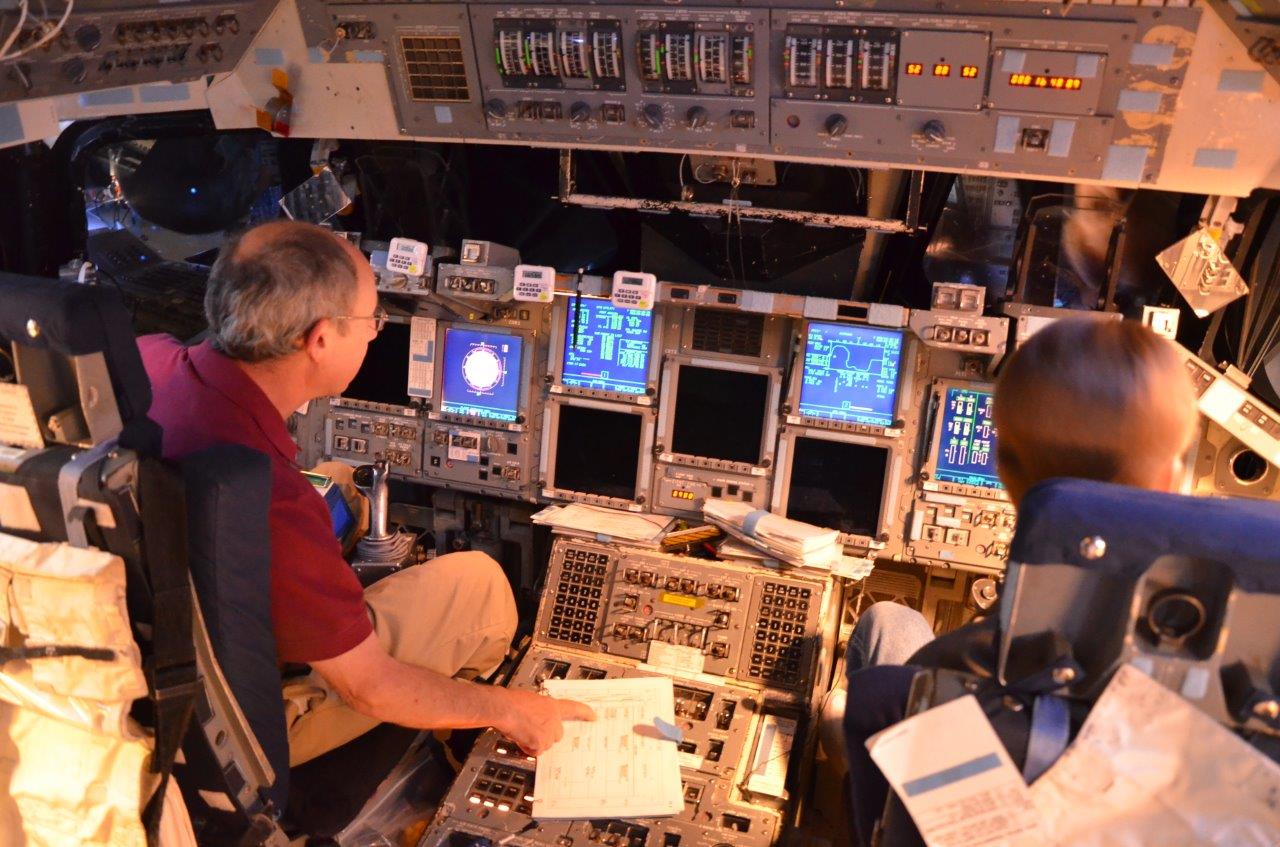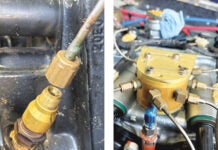Recently, a friend who owns both a certified airplane and a homebuilt asked my advice on what to do about the timer mounted in his panel. It seems that the aviation-grade two and an eighth inch timer module was getting hard to read due to crazing of the display, and one of the buttons was sticky. Having struck out on a repair option, he looked at the price of a new unit, and almost passed out. So he asked my thoughts. I did a little research, and this was my response…
Holy Crap – the LC-2 or its equivalent looks to be north of $500?! Insane, for what it does…. I mean, its not like its a Brietling or anything! Pity the fool with a certified airplane that has to have a timer for IFR flight, I guess.
The only dedicated, built in clocks I have in any of our planes is the old fashioned eight-day clock in the RV-8, and I haven’t looked at that for years. I glance at the digital portion of my watch at engine start and write down the time on my kneeboard, and then I reference everything in the flight, like fuel tank switches and total flight time, to that. Yes, all the EFIS’s have clocks and timers – I use the EFIS timer for flight time in conjunction with my watch to figure out how long I’ve been flying. I rarely, if ever, need a short-term stopwatch type timer, unless I am doing flight testing, and then I usually put my iPhone on my kneeboard and use that, mostly because it is big enough to read. If I am timing a procedure turn, I use the sweep second hand on my watch.

Now back in the day, the old “Heavy Glider” (the Space Shuttle) had a built in timer/stop watch with an LED display on the console above the windshield panels. You controlled it with a little panel built into the center console – select up or down, start and stop, and if you wanted to count down a certain amount, you set that with a set of thumb wheels. That system interfaced with nothing except 28 volt power and ground, and probably cost about $500K per ship. It was a pain in the butt to use; and anyway, one wasn’t enough – in the typical mission, you had to have about six timers going at any one time because we were always multi-tasking events.
Rather than task our friends at Rockwell with a design change to give us a bunch of built in timers (expensive), or generating a software change request to IBM to write code for a new timer display for the computers (also expensive), we simply sent someone over to the store to buy some kitchen timers. We sent them through thermal/vac testing, outgassing testing, vibration testing, and all kinds of mean and nasty testing that we could do there at the Space Center. Since we owned all the testing facilities we had it all done on the side, for no real charge, then had them signed off for flight – after sticking a piece of space-qualified Velcro on the back of each one. We bought them by the gross, and they were in every spacecraft and simulator we had. Made by Westbend if I recall correctly. Take a look at the cockpit simulator shot – there are three of them stuck on the glare shield, probably counting down to an orbital maneuver a change over in coolant systems, and when to check the galley oven to see if lunch was done..
Checking around, I was pleased to find that lo and behold, our friends at ACS have what looks like the same thing in stock for $17.95 each, Part #13-31380. Buy two – they’re cheap!
Now normally, you’d be embarrassed to have a cheap kitchen timer stuck to your panel (you can put velcro on the face of your old timer and stick the Westbend on top of it), but if it is good enough for the Space Shuttle, shouldn’t it be good enough for your homebuilt cockpit?! And if it is going in the mighty Cessna, with all its certified glory, it is not permanently mounted, so it requires no paperwork or certification.
Need a timer? Go with a piece of space history!














Paul:
So glad that you continue to contribute to Kitplanes–please don’t stop!
Mark K.
Thank goodness there is still a spark of common sense, surprisingly even at NASA.
Hooray for common sense to meet the spec! My first homebuilt, I mounted a cheap plastic cased Mickey Mouse watch which had a broken strap attachment fork. Ground all the forks off to “save weight.” Met 91.205 d 6 because it had the two big 3-finger hands plus sweep second tail